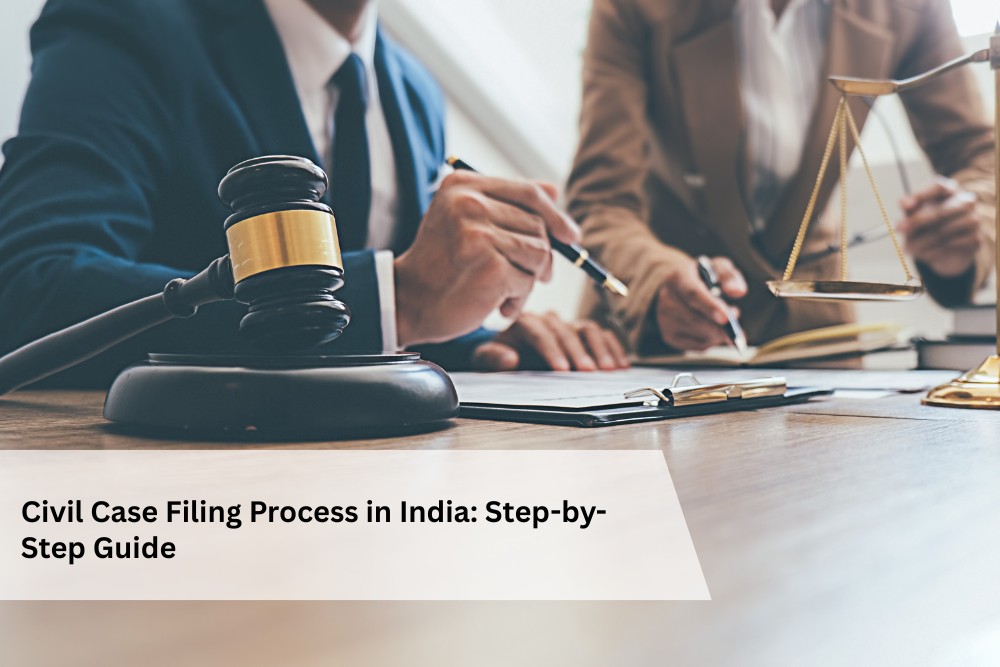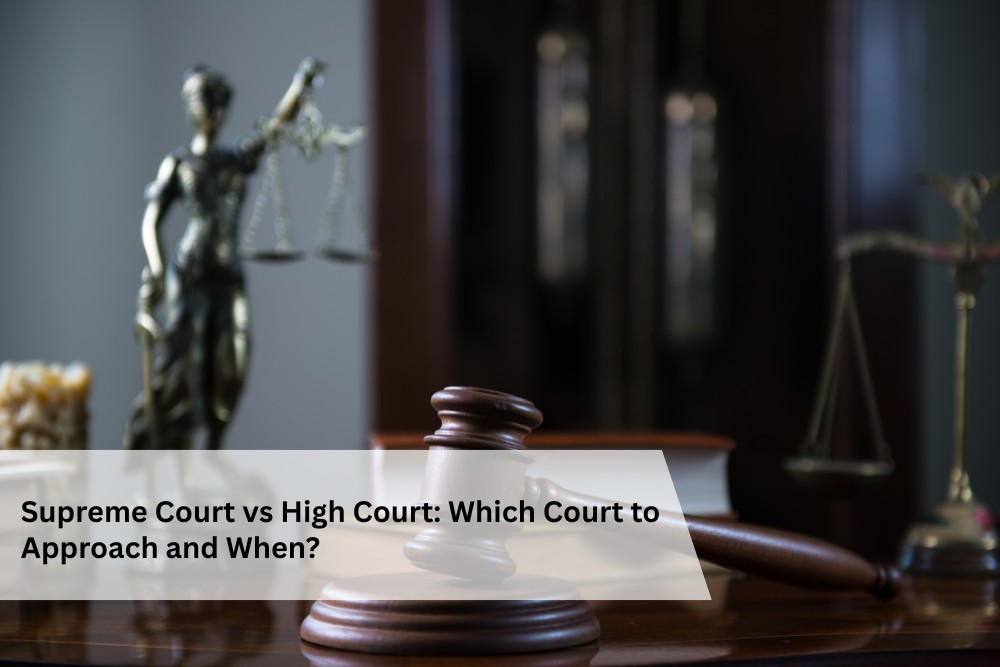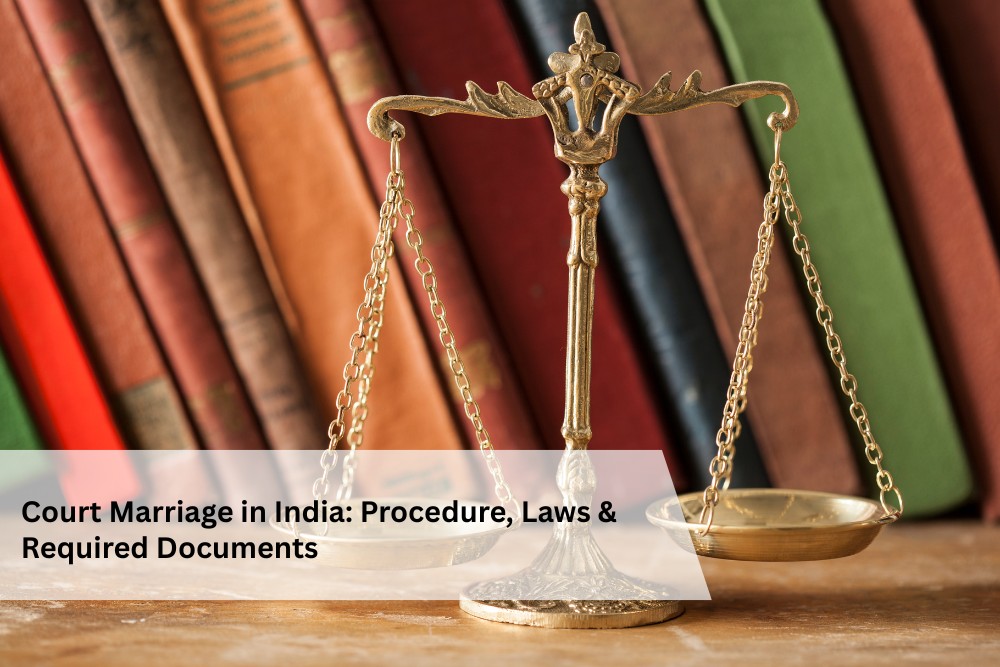
The Indian legal system provides a clear and well-established process for resolving civil disputes. Civil cases are typically filed when an individual's rights are infringed upon in matters such as property, contracts, matrimonial issues, or inheritance. Knowing how to file a civil case properly ensures that your rights are protected and legal remedies are sought through the correct judicial channels.
Whether you're dealing with a property dispute, breach of contract, or personal injury case, understanding the civil case filing process in India is crucial.
What is a Civil Case?
A civil case is a non-criminal legal dispute between two or more parties, where one party seeks compensation, injunction, or specific relief rather than punishment. Common types of civil cases include:
-
Property disputes
-
Matrimonial cases (divorce, maintenance, custody)
-
Consumer complaints
-
Contractual disagreements
-
Recovery of money
-
Succession and inheritance issues
Step-by-Step Process to File a Civil Case in India
Step 1: Consult a Lawyer
Before initiating any legal proceedings, it’s important to consult a civil lawyer who can evaluate your case, identify the appropriate legal remedy and guide you on the jurisdiction and documentation required.
Step 2: Draft a Legal Notice (Optional but Recommended)
In many civil disputes, especially involving contracts, it is customary to serve a legal notice to the opposing party. This notice outlines the grievance, demands resolution and provides a deadline for compliance. If the matter is not resolved, you can proceed with litigation.
Step 3: Draft the Plaint
The plaint is a written complaint or allegation stating the facts of the case, cause of action and the relief sought. It must be supported by all relevant documents such as agreements, proof of ownership, payment receipts, etc.
Step 4: Filing the Case in the Appropriate Court
The case must be filed in the civil court that has jurisdiction over the subject matter and geographical area of the dispute. The court fee (based on the value of the suit) and Vakalatnama (authorizing the advocate to represent you) must also be submitted.
Step 5: Court Issues Summons
After examining the plaint, the court may issue summons to the defendant, asking them to appear before the court on a specified date.
Step 6: Written Statement by Defendant
The defendant is required to file a written statement (their version of the story and defense) within 30 days of receiving the summons, extendable to 90 days with court permission.
Step 7: Replication and Framing of Issues
The plaintiff may reply to the written statement through a replication. The court then frames the issues (points of contention) that need to be addressed during the trial.
Step 8: Trial and Evidence
Both parties present their evidence, cross-examine witnesses and argue their case before the judge.
Step 9: Judgment
After evaluating all arguments and evidence, the court delivers its judgment. If aggrieved, either party can file an appeal in a higher court.
How BGD Associates Can Help
BGD Associates, a Delhi-based legal consultancy platform, helps individuals and businesses navigate civil disputes by connecting them with qualified civil lawyers. From legal notice drafting to court filing and procedural support, BGD ensures smooth legal coordination and timely updates throughout the litigation process.






